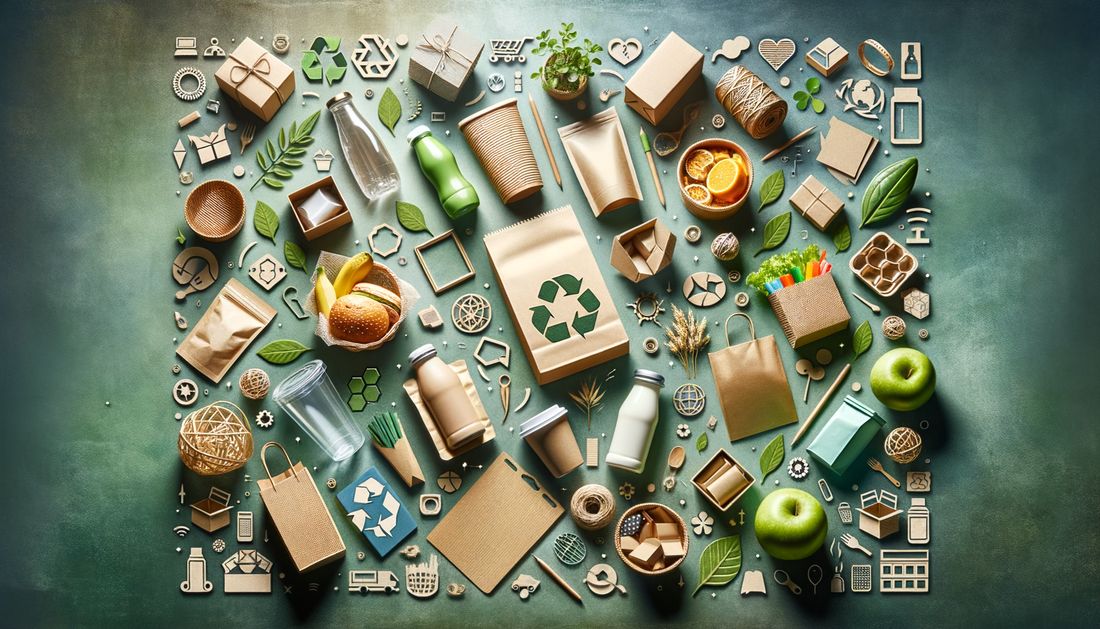Eco-Packaging: Sustainable Solutions for Your Products
Tony Torres
Eco-Packaging Solutions: Embrace Sustainability for Your Products
With the increasing awareness of environmental issues, businesses are turning towards eco-friendly packaging solutions to minimize their ecological footprint. Sustainable packaging not only reflects a brand's commitment to the environment but also resonates with the growing number of eco-conscious consumers. In this comprehensive guide, we'll explore the benefits and options for sustainable packaging that can protect your products and the planet.
Why Eco-Packaging?
Eco-packaging, also known as sustainable packaging, is designed to be safe for individuals and the environment. It utilizes materials and manufacturing techniques that have a minimal environmental impact. By choosing eco-packaging, businesses can reduce waste, conserve resources, and foster a positive brand image.
Types of Sustainable Packaging Materials
There are various materials available for businesses looking to switch to sustainable packaging. Some popular options include:
- Biodegradable Plastics: These plastics break down more quickly than traditional plastics, reducing their impact on landfills.
- Recycled Paper and Cardboard: Using recycled paper products helps conserve trees and reduces energy consumption.
- Plant-Based Packaging: Made from renewable resources like cornstarch or sugarcane, plant-based packaging is compostable and reduces dependency on fossil fuels.
Benefits of Eco-Packaging
Adopting eco-packaging offers numerous advantages:
- Environmental Protection: Sustainable packaging reduces pollution and waste, contributing to a healthier planet.
- Brand Loyalty: Eco-conscious consumers are more likely to support brands that demonstrate environmental responsibility.
- Cost Savings: Over time, using recycled and efficient materials can lead to significant cost reductions.
Implementing Sustainable Packaging in Your Business
Transitioning to eco-packaging requires careful planning and consideration. Here are some steps to get started:
- Evaluate Your Current Packaging: Assess the materials and processes you currently use and identify areas for improvement.
- Research Sustainable Options: Explore the various materials and designs that align with your product needs and environmental goals.
- Partner with Eco-Friendly Suppliers: Choose suppliers committed to sustainability and capable of providing the eco-packaging solutions you require.
Case Studies of Successful Eco-Packaging
Many companies have successfully integrated sustainable packaging into their operations. For example, a well-known beverage company switched to fully recyclable bottles made from plant-based materials, significantly reducing their carbon footprint.
Overcoming Challenges with Eco-Packaging
While the benefits of eco-packaging are clear, there can be challenges, such as higher initial costs and limited availability of materials. However, with strategic planning and a long-term perspective, these obstacles can be overcome.
In conclusion, eco-packaging is an essential step towards a more sustainable future. By embracing eco-friendly solutions, businesses can protect the environment, meet consumer demands, and build a stronger, more responsible brand.
Are you ready to make the switch to sustainable packaging? Contact us to learn more about our eco-packaging solutions and take the first step towards a greener future for your products and the planet.
